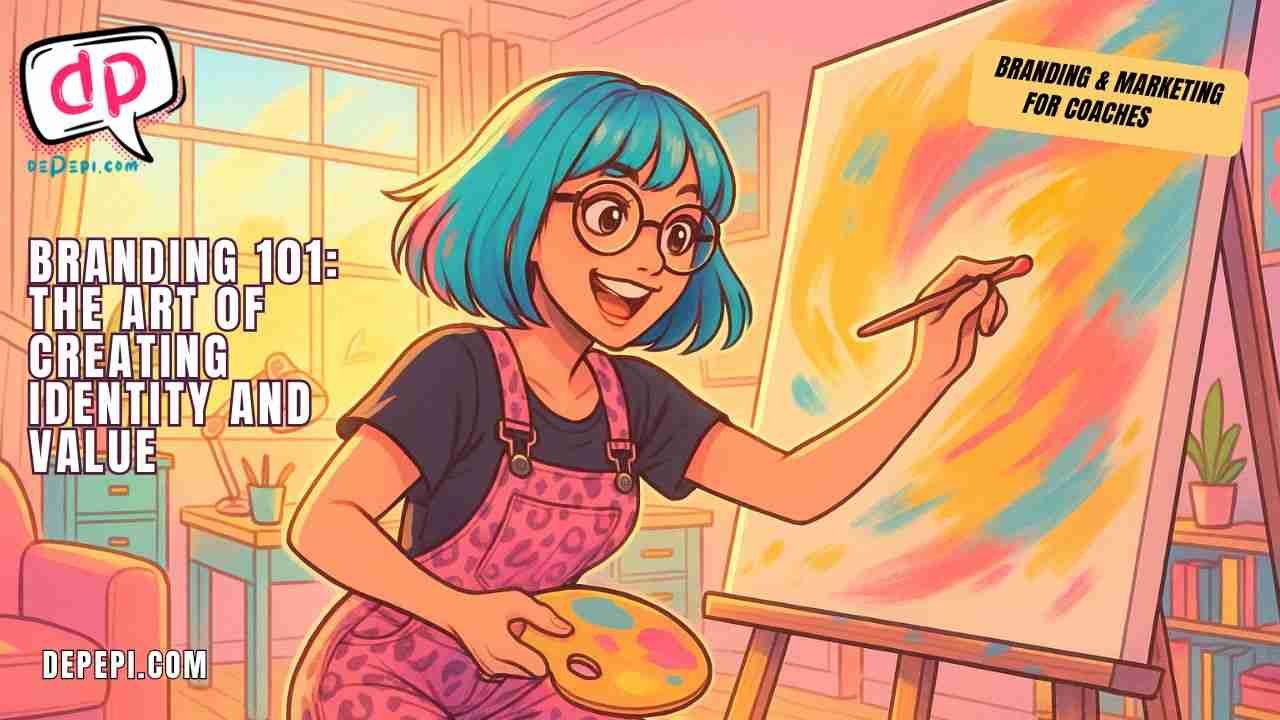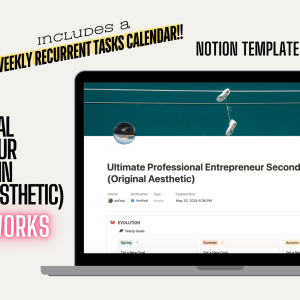Branding 101: The Art of Creating Identity and Value

Branding 1010 is more than a logo and pure aesthetic. When it’s done right, branding is the heartbeat of business. You’ve already lost the game if you think branding is just a logo or a color palette. But why? Because people trust, talk about, and return to brands that aren’t just recognizable, they’re felt.
Branding is what makes people choose you. Not just once, but over and over again.
But here’s the flip side:
Branding has also become a buzzword. And sometimes, a smokescreen. We’ve entered an era where brands pour money into vibes, slogans, and sleek visuals—but forget to back it up with actual value.
So, what is branding, really? Why does it matter, and when does it become a beautiful lie?
What Is Branding, Really?
Here’s a simple definition:
Branding is the intentional process of shaping perception.
It’s how people think about you, feel about you, and how they remember you (or don’t).
Your brand lives in the minds and hearts of others, not just in your Canva files.
A brand is built through:
Visual elements (logo, color, typography)
Brand voice and tone
Storytelling and messaging
Customer experience
Social media presence
Product packaging
Reputation and word-of-mouth
Every single touchpoint with your audience
It’s not just what you do: it’s how and why you do it, consistently.
The Psychology of Branding 101: Why It Works
People are overwhelmed with choices. We don’t just buy based on specs or prices but on how something makes us feel.
A strong brand gives people a shortcut.
It tells them, “This is safe. This is for you. This feels good.”
Branding builds:
Recognition: You stand out in a sea of sameness.
Trust: Familiarity breeds comfort.
Loyalty: People stay loyal to brands that feel aligned with their identity.
This is why someone might pay triple for a branded moisturizer over a drugstore version with the same ingredients.
They’re not buying the formula.
They’re buying the story.
Branding = Identity + Experience + Value
Think of branding as a triangle:
1. Identity: Who are you? What do you stand for?
2. Experience: How do you show up? What do people feel when they interact with you?
3. Value: Why should someone choose you? What are you promising—and are you delivering?
If one side is missing, the triangle collapses.
Core Elements of a Brand
1. Brand Purpose
- Why do you exist beyond making money?
- What’s the change you want to create in your customer’s life?
If you don’t know this, your messaging will always feel off.
2. Brand Voice & Tone
Are you witty? Supportive? No-nonsense? Spiritual?
Your brand should speak like a real person—same vibe, everywhere.
3. Visual Identity
The colors and logo matter, but only if they align with your message. Your visuals should be memorable, consistent, and emotionally resonant.
4. Brand Personality
What are your quirks? Your traits? Your style?
Think of your brand like a character. What role do you play in people’s lives?
5. Customer Experience
From your onboarding emails to how you handle complaints, this is branding.
An on-brand experience can win loyalty even if your product isn’t perfect.
6. Messaging & Storytelling
People buy stories, not stats. What narrative are you inviting your audience into?
Branding Builds Emotional Connection
Strong brands create a feeling. They connect with:
Aspirations (Who I want to be)
Values (What I believe in)
Emotions (How I want to feel)
Branding Is What Makes You Different, Not Just “Better”
Your competition might have similar offers, prices, and visuals. Branding is your strategic edge. It’s the answer to:
Why you?
A strong brand can:
Charge more
Do less marketing
Build loyal communities
Attract aligned opportunities
Withstand market dips and algorithm shifts
In crowded spaces, brand perception often outweighs product features.
When Branding 101 Becomes a Lie
While branding can be a force for connection, it can also be used to cover up weak offers and unethical practices.
Here’s the controversial truth:
Focusing too much on branding can mask poor product quality.
It creates a polished illusion, not a genuine experience.
We’ve all seen it:
Coaches with killer aesthetics but no real framework
Beauty brands with sustainability slogans and zero transparency
Apps with perfect onboarding and terrible UX
When branding becomes a façade, loyalty becomes fragile. The trust breaks the moment the customer scratches beneath the surface.
So here’s the test:
Does your brand reflect the quality of your work, or try to compensate for it?
Does your delivery match your promise?
If not, it’s time to pause the brand refresh and fix what’s under the hood.
The Balance: Depth + Aesthetic
Your brand should be:
Strategic – Rooted in real audience understanding
Emotional – Connected to a deeper mission or value
Consistent – Recognizable across platforms and experiences
Honest – A true reflection of what you offer
When these pieces are in place, branding becomes more than skin-deep. It becomes a mirror for your integrity—and a magnet for your people.
How to Start Building Your Brand (Without Faking It)
You don’t need to be Apple or Nike to build a powerful brand. You can be a coach, a solo founder, or a service provider and still create a brand people remember.
1. Define Your Brand Foundation
Ask:
Why do I do what I do?
Who do I serve best?
What values guide my business?
What change am I promising?
2. Map Your Brand Identity
Choose 3–5 brand personality traits
Define your brand voice (and create a guide)
Pick visuals that feel aligned, not just pretty
3. Craft Your Core Message
What do you want to be known for? What do people say after interacting with your brand? Write a positioning statement:
“I help [audience] go from [problem] to [result] using [method].”
4. Audit Your Brand Experience
Are your visuals consistent?
Is your tone cohesive across channels?
Do your offers deliver what your branding promises?
5. Tell REAL Stories
Don’t just describe your product. Show transformation, your process, and yourself—your values, your work, and your humanity.
Branding Without Strategy Is Just Decoration
You can’t design your way out of a weak brand. If your messaging is muddy, your experience is inconsistent, and your product isn’t clear, no amount of gold foil logos will save you.
This is why inside my course, Branding and Marketing for Coaches, we start with the heart:
Your mission
Your values
Your audience’s real needs
Your offer clarity
Your emotional brand tone
Your unique differentiator
And yes—your visuals and content strategy, too
Use the coupon d0bb4481e2bbCOACH until June 26 @10:00 (UK time)
Branding and Marketing for Coaches (Life, Health, Wellness)
Build the Brand You’d Trust
Branding isn’t a flex, but a responsibility. Because when people buy into your brand, they’re buying into you. So don’t just build something beautiful. Build something true.
Let your brand:
Speak your values
Reflect your quality
Grow with your audience
Feel alive and intentional, not just trendy
Your logo might get their attention, but your integrity earns their loyalty.






